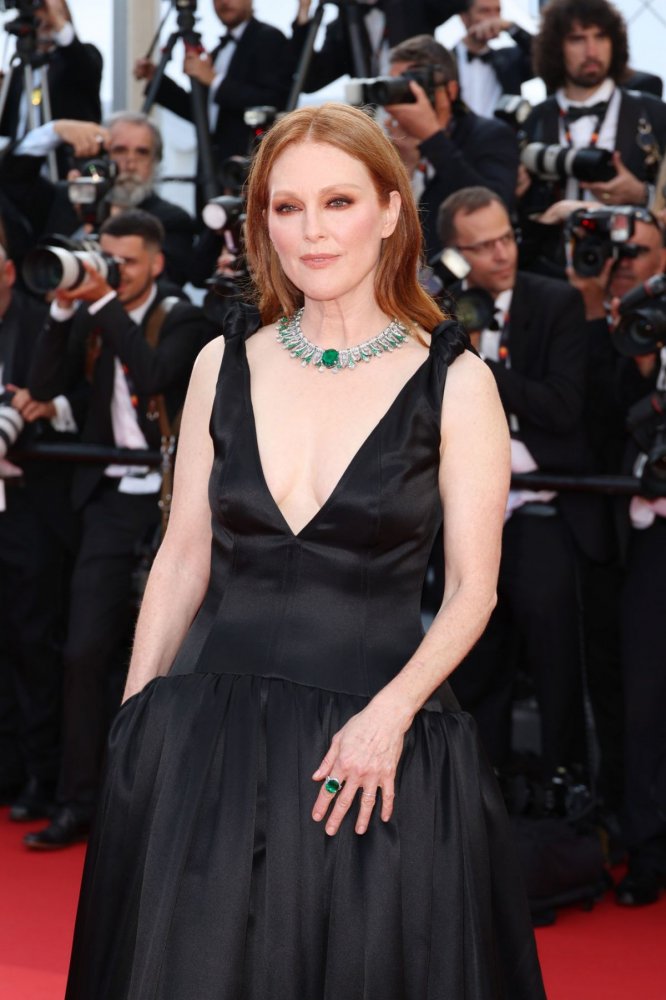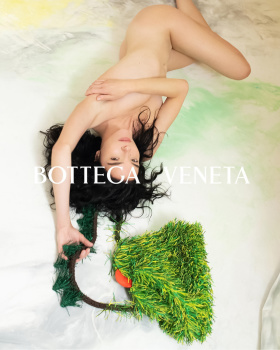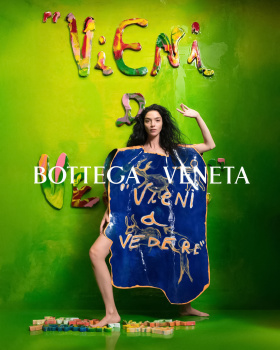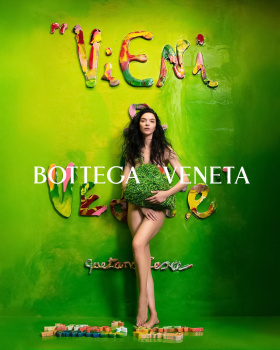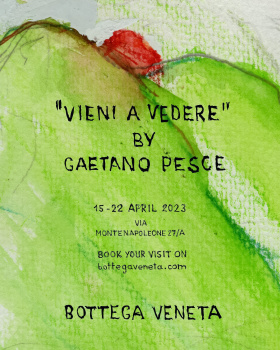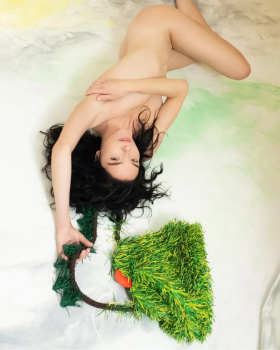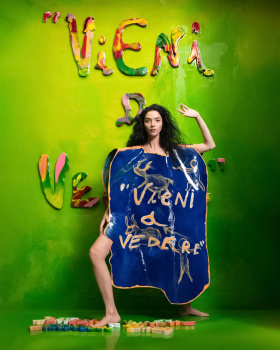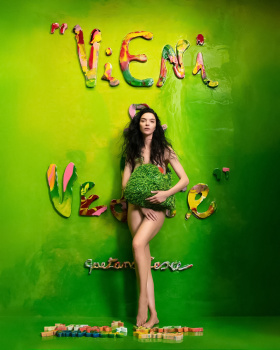Inside Bottega Veneta’s “Brut and Radical” Dance Performance at the Venice Biennale
BY TIZIANA CARDINI / April 22, 2022
The pandemic-delayed opening of the Venice Biennale has triggered a whirlwind of initiatives and events so dense as to tire even the most indefatigable social peacocks. For fashion brands, this year’s Biennale is a juicy opportunity to establish credibility with the art world. Fashion events’ during the opening weekend of “Milk of Dreams,” the Biennale’s official title, varies from the noisy and loud to the elegantly restrained. Bottega Veneta’s definitely registers as the latter, with a radically different communication strategy from the predictable ways of most fashion brands. In Venice, Bottega is supporting a wide program of performances and partnerships with the art world while keeping a sophisticated, rather subdued profile.
 Cecilia Alemani and Matthieu Blazy at the Bottega Veneta Dancing Studios dinner. Photo: Courtesy of Bottega Veneta
Cecilia Alemani and Matthieu Blazy at the Bottega Veneta Dancing Studios dinner. Photo: Courtesy of Bottega Veneta
Being the sole sponsor of Biennale Danza, which will run in Venice from July 22nd until July 31st, surely helps Bottega’s art cred, though for the last two years Bottega has consistently supported emerging talents in the dance world. There have been many BV-branded performances to attend, including a program of performances made in partnership with the Pinault Collection called “Dancing Studies,” inspired by the exhibition “Bruce Neumann: Contrapposto Studies” that was on show in Venice during 2021.
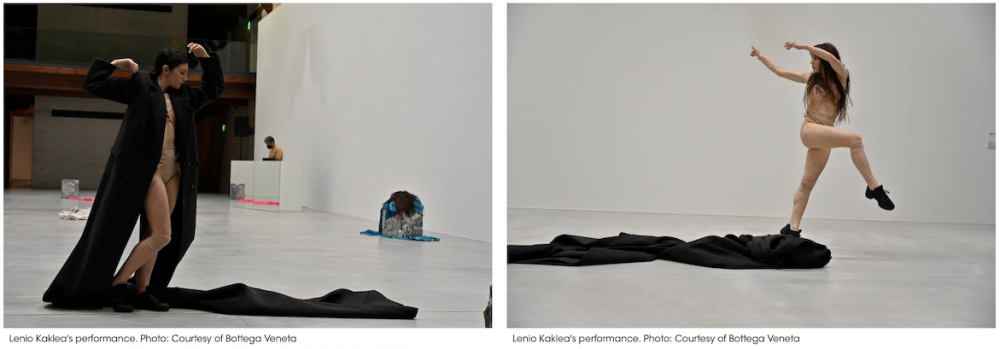
To celebrate Bottega’s presence at the Biennale this year, the Athens-born, Paris-based dancer and choreographer Lenio Kaklea performed a solo piece for which designer Matthieu Blazy designed the costumes. Staged in a vast room at Punta della Dogana, the set was sparsely scattered with the compressed metal cubes from the label’s Winter 22 show.
At the performance, which was followed by a seated dinner for 50 guests, Matthieu Blazy explained how the project came about. “It all happened in stages. First the idea of Venice, a place where history continues in time. Venice is no museum, rather a place where artistic conversations happen between different fields—art, dance, architecture,” he said. “Bottega was born in the Veneto region, so Venice is a sort of spiritual hometown for us.”
To Blazy, Kaklea’s choreography and style felt instantly right for the brand, too. “When I saw the work of Lenio, there’s a sort of radicalism I was drawn to, and I wanted to collaborate with her to create something new. In her work I feel there are elements which resonate with what we’re doing today at Bottega. The starting point in our last collection was the idea of bringing the idea of motion back into the cut of the clothes, using stretch materials for example or ways of cutting that allow and celebrate movement. In Lenio’s work there’s a kind of raw energy—it’s not that our works mirror each other, but it’s just the juxtaposition of two interesting approaches, it’s a true conversation, when you start it you never know where you’ll end up. It’s something we’ve built up together, she’s an incredible performer. I’ve been following her work for quite some time, I’ve always loved her dance style but never met her in person, but between our teams we immediately established a great communication,” said the designer.
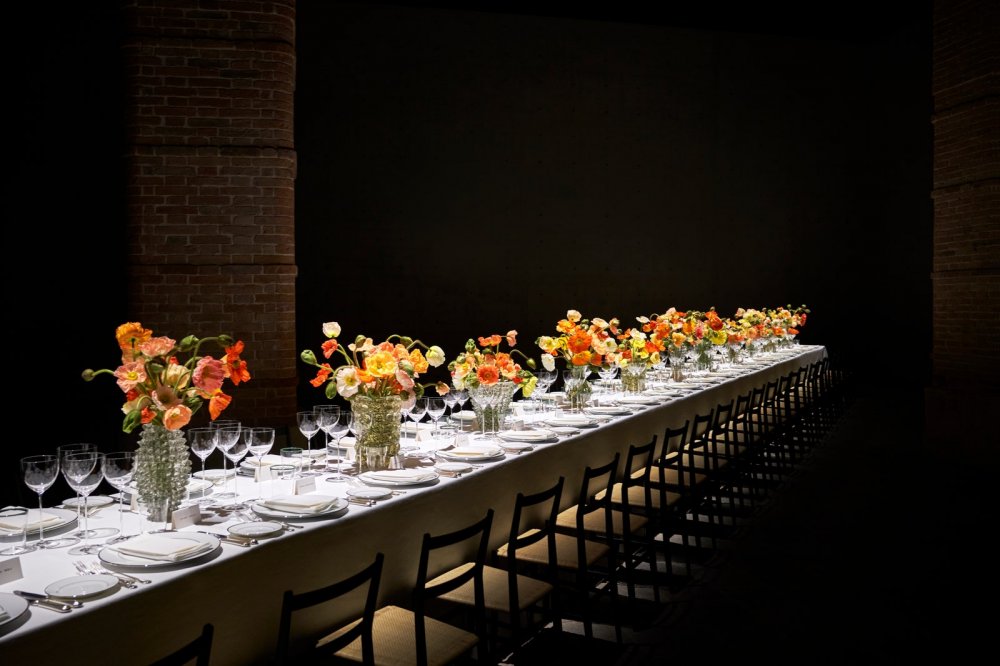 The Bottega Veneta Dancing Studios dinner. Photo: Courtesy of Bottega Veneta
The Bottega Veneta Dancing Studios dinner. Photo: Courtesy of Bottega Veneta
As for the costumes, they marry Blazy’s obsession with movement with sophisticated edginess. “What Lenio adds in her live performance to the clothes we’ve created for her is a strong, raw energy of self-expression, the performance is quite
brut and radical,” he said. “The costumes we designed originated from looking at archetypes—a man’s coat, a glamorous night shift, a shirt. We elongated the shapes so they become an extension of the body.”
Kaklea has never worked with a fashion brand before, so working with Blazy and Bottega Veneta takes on a special significance. “It’s not a world I’m familiar with,” she said. “I’m basically dealing with it as if it were a stranger, which is what most of my performances are about. They’re about displacement, discovery and experimentation rather than narration or simple display. But despite coming from different worlds, working with Bottega felt as if we shared a common language expressing a similar radicalism.”
Not satisfied with this masterful display of art-meeting-fashion, Blazy rounded up the label’s presence at the Biennale launching a limited run of fifteen cabat intrecciato bags. Sold exclusively at Bottega Veneta’s Venice store, the bags are inspired by the colors and size of the famous analog typewriter Lettera 32, made by Italian company Olivetti in the ’50s. The typewriter had become a sort of a cult object for writers, apparently still used by devotees like Nick Cave and Pope Francis. To support the preservation of the historic Olivetti showroom in Venice, designed in the 1950s by Italian architect Carlo Scarpa, the label also made a donation to FAI (Fondo Ambiente Italiano).




